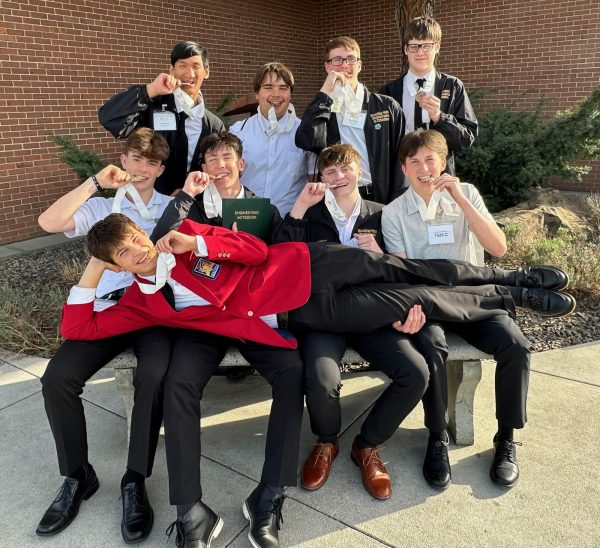Murder Hornets in United States
There have only been few hornets found in NW Washington, but In December, the Washington State Department of Agriculture confirmed four reports of Giant Murder Hornets, according to CBS News. They have a yellow-orange head with very protrusive eyes and a yellow and black striped stomach. Typically, they are between 1-2 inches long. Their life cycle begins in April. Around this time, the queen wakes up in search of a place to build nests for her underground colonies. When late summer and early fall come around is when they are the most dangerous.
They strive to kill the already declining honey bee population. It only takes a few hornets to destroy a hive in a matter of hours. The WSDA claims that hornets do not typically come after humans. But in Japan, these hornets kill, on average, 50 people per year, according to The New York Times. Their sting is so painful and toxic not even a beekeepers suit could protect someone, and getting stung multiple times will potentially kill.
Mrs. Morton, biology, forestry, and ecology teacher at LHS, states, ”The word ’invasion’ has been used in some media headlines is not the word to describe what’s happened. There have been a few (mostly individuals and one hive) specimen found in Canada and NW Washington state—fairly close in a human travel sense but far enough away from each other that they are unrelated and separately introduced. Genetic studies confirm this.” She claims there is not much to worry about with the Giant Hornets, as they have yet to establish regionally, but if you are to encounter one to report it to the Idaho State Department of Agriculture and keep any dead specimen collected for identification.




